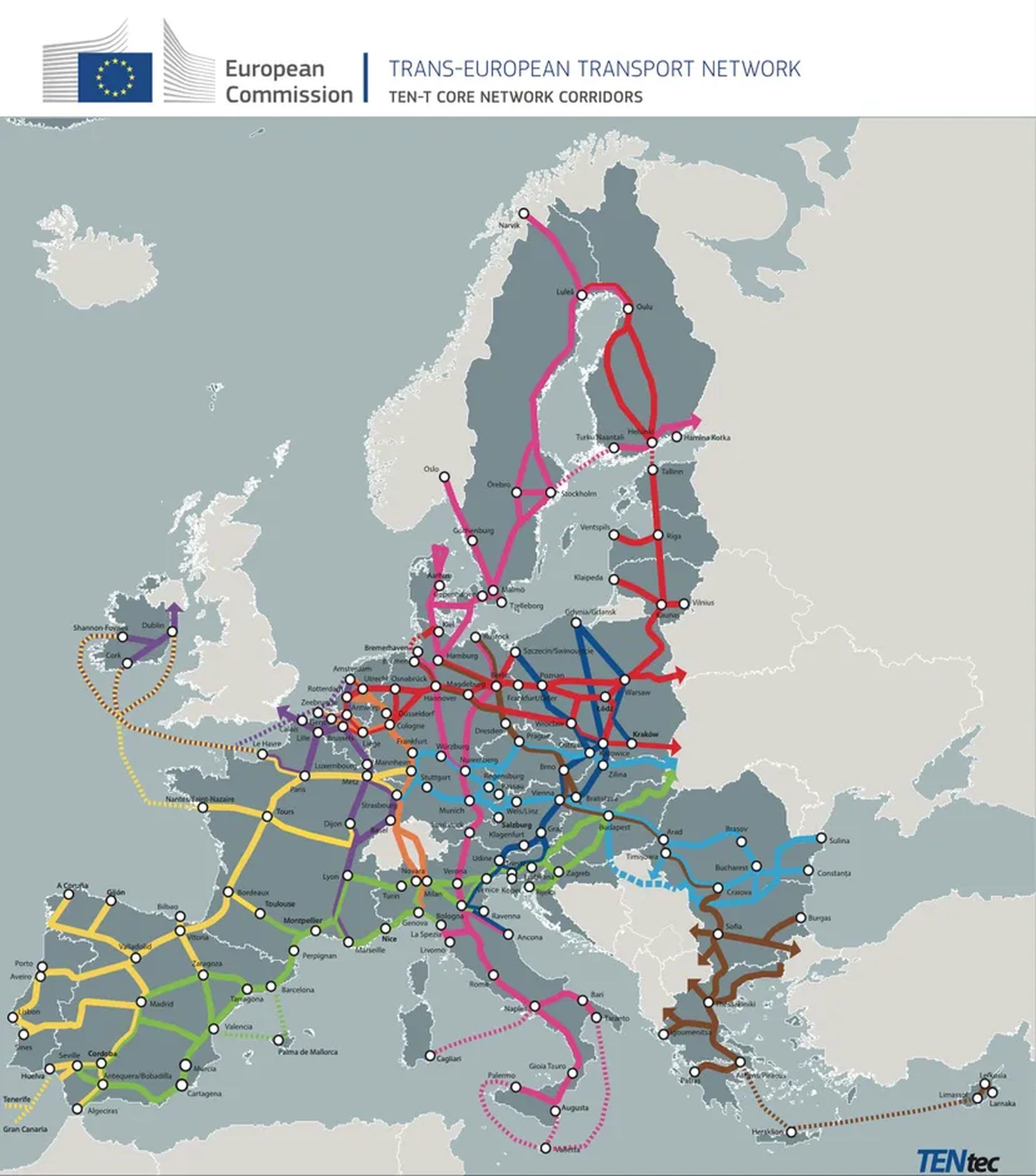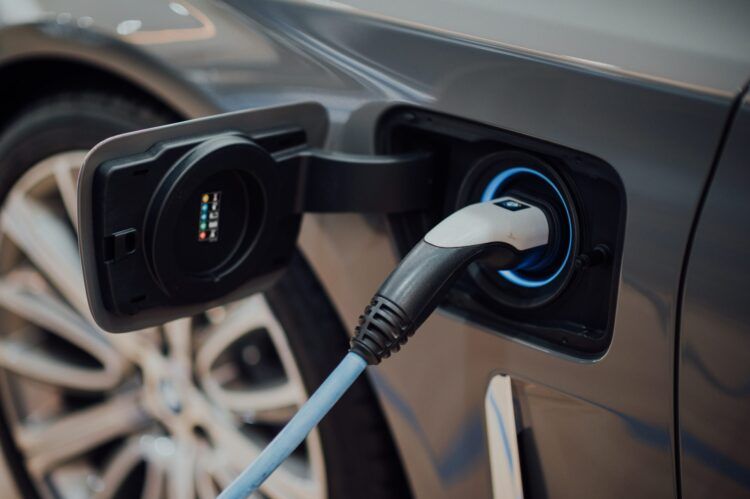The European Union (EU) has passed a law requiring fast electric vehicle (EV) chargers to be installed every 60 kilometers (37 miles) along the EU’s Trans-European Transport Network (TEN-T) system of highways. The law, which goes into effect in 2025, also requires that each charging station offer at least 150kW of power.
By 2027, at least half of all TEN-T highways will have to have chargers capable of at least 150kW, and by 2030, all TEN-T highways will have to be covered.
What is the EU EV Charger Law?
The EU EV Charger Law is a piece of legislation that aims to increase the availability of fast EV chargers across the EU. The law requires that fast EV chargers be installed every 60 kilometers along the EU’s TEN-T network of highways. The law also specifies that each charging station must offer at least 150kW of power.
The EU EV Charger Law is part of the EU’s efforts to reduce greenhouse gas emissions and boost the adoption of electric vehicles. The EU has set a goal of having 1 million electric cars on the road by 2025 and 30 million by 2030. The new law is expected to help make electric vehicles more practical for drivers, as they will no longer have to worry about running out of power while on long road trips.
EU EV Charger Law: Details
The EU EV Charger Law specifies the following details:
- The chargers must be installed every 60 kilometers along the TEN-T network of highways.

- The chargers must offer at least 150kW of power.
- The chargers must be accessible 24/7.
- The chargers must be interoperable, meaning that they must be compatible with all types of electric vehicles.
- The chargers must be affordable.
The law also includes provisions for ensuring that the chargers are accessible to all users, including people with disabilities.
The EU EV Charger Law is a significant step forward in the EU’s efforts to promote the adoption of electric vehicles. The law is expected to make electric vehicles more practical for drivers and to help the EU achieve its emissions reduction goals.
Conclusion
The EU EV Charger Law is a landmark piece of legislation that will help to accelerate the adoption of electric vehicles in Europe. The law is expected to make electric vehicles more practical for drivers and to help the EU achieve its emissions reduction goals.
The law is a significant step forward for the EU, but it is just one part of the puzzle. The EU also needs to invest in research and development of new battery technologies, and it needs to provide financial incentives for the purchase of electric vehicles. With these additional measures, the EU can help to make electric vehicles the dominant form of transportation in the coming years.





